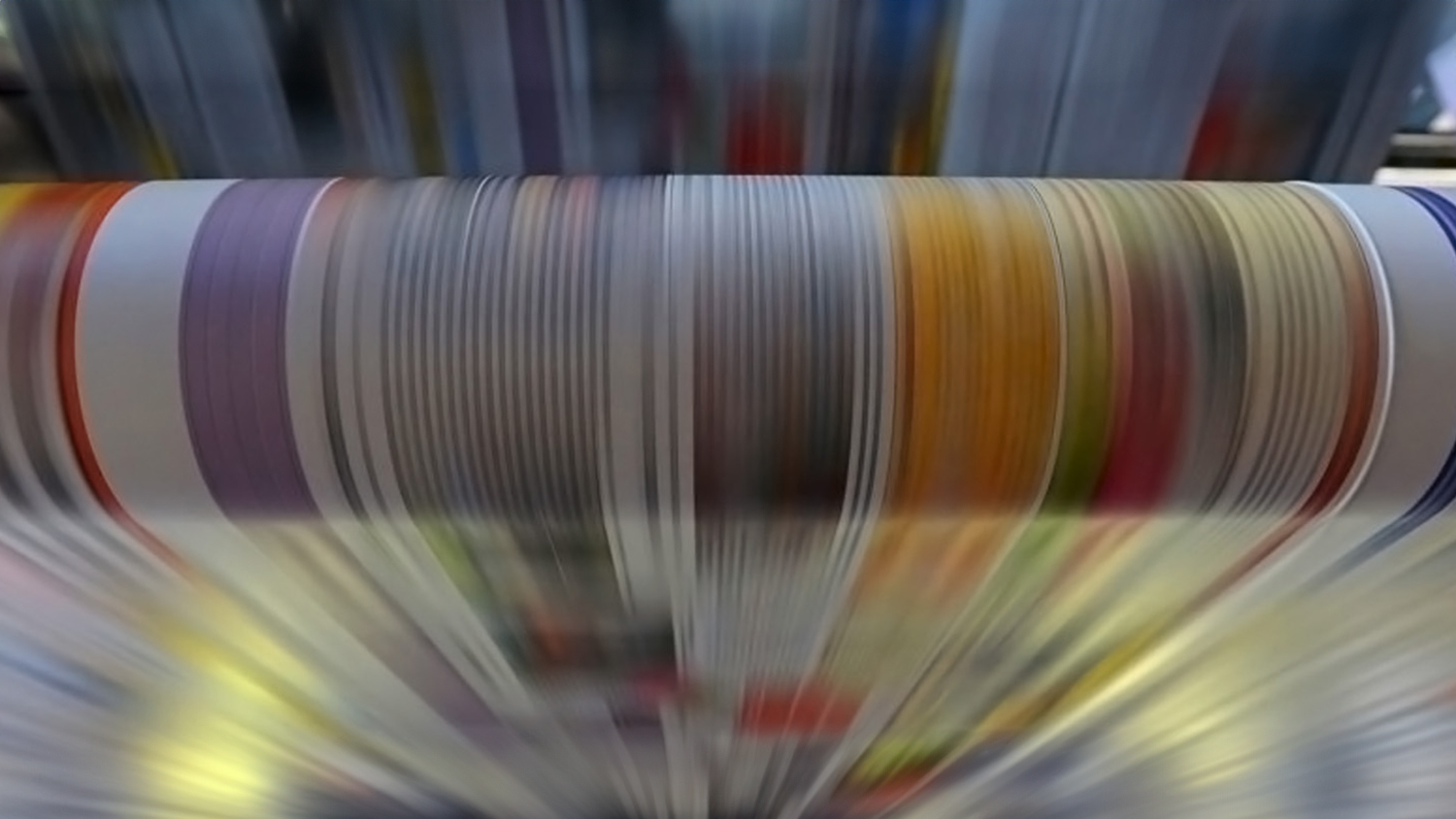Even companies with internal print shops generally don’t produce ALL their materials in-house. They might use outside printers for specialized jobs or have onsite vendors handle specific functions. Inevitably this raises the question: would it be simpler and more cost-effective to have all printing handled by an outside vendor.
Several decades ago, many large companies that relied on printed materials to communicate externally and internally decided to set up their own print operations. It gave them greater control over:
- Quality
- Costs
- Timing
Consequently, it provided a competitive advantage.
But today, there are three major factors that the equation very different.
- The addition of digital channels: with more options for communications, the demand for printed materials ebbs and flows, which means in-house print shops are not consistently busy – but the overhead is always there
- Current marketing best practices: tactics such as personalization and versioning can’t be executed cost-effectively on traditional offset presses
- Evolving print technologies: ongoing capital investment is needed to keep up with new print technologies
These factors have shifted in-house print operations from a clear advantage to a headache. Yet figuring out whether it would really be less expensive and more efficient to transition printing to an outside vendor is not easy.
A large insurer who had operated its own print center for 50 years wrestled with this problem in 2017. Their in-house shop processed about 100 million direct mail pieces each year and employed several hundred full-time people. The insurer also worked with nine outside vendors for various additional print jobs. But after so many years, managers no longer had a firm understanding of the costs of internal vs. external printing.
It’s a dilemma common to many big B2C companies with in-house print shops. To decide whether closing these shops is the right move, management teams should work through three steps.
- Determine the ideal budget for printing: This starts with a clear vision for long-term growth and looking at printing in the context of the business plan: how much should they spend on a non-core function
- Benchmark their print costs and products against the open market: The insurer worked with consultants to gather intelligence about the print market.
- Review alternative proposals: Issue an RFP to explore other options. In this case the insurer gave potential print partners access and time (a couple months) to evaluate the in-house print center’s products and technology and propose a new plan.
This process can uncover a number of in-house print shortcomings:
- Open capacity in traditional offset presses
- The wrong technology – a shortage of digital equipment to print on demand or produce the personalized materials that drive response in today’s market while keeping costs in line
- Wasted inventory – to lower per-piece cost, an in-house shop often prints large quantities, then the excess has to be stored and ultimately shredded
- Lack of flexibility – capital and real estate tied up in a non-core function holds back the ability to respond to market challenges
A comprehensive solution for printing, fulfillment, lower per-piece postal costs, streamlined workflow and reduced paper pricing helped this insurer decide to outsource all its print The proposal also detailed a transition plan that included hiring print shop personnel as Quad employees to maintain institutional knowledge, and a time line to complete the transition in one year – half the time the insurer had expected.
And the price was right. The plan allowed the company to reduce its print spend by 22%.
Like most industry sectors today, insurance is dealing with a rapidly evolving business landscape, driven by changing consumer behaviors and new technology. Self-driving cars, people living in urban centers where they rent and don’t own cars, smart homes and online marketplaces are just a few of the challenges that are either here now or on the horizon.
In a fluid environment, companies need to be nimble to succeed. Ultimately, this insurer decided that gaining a greater ability to spend capital and focus management time and talents on its core business competency was a better use of resources than running a print shop.



